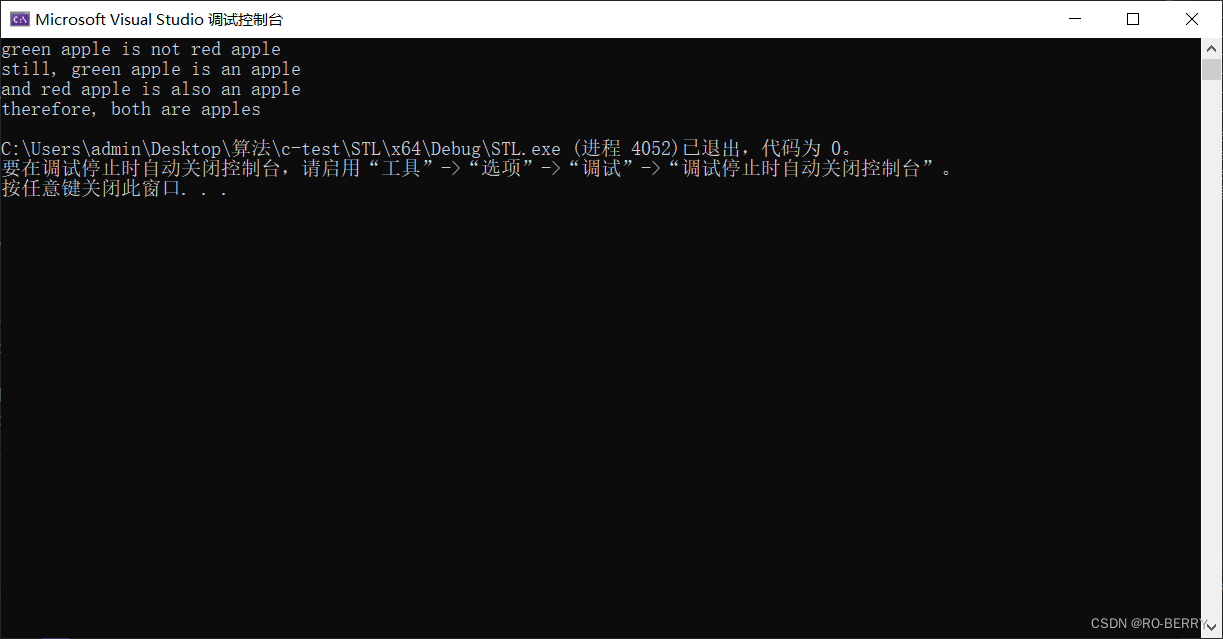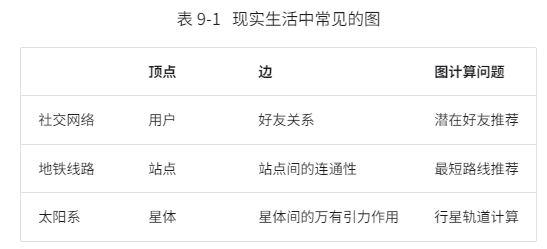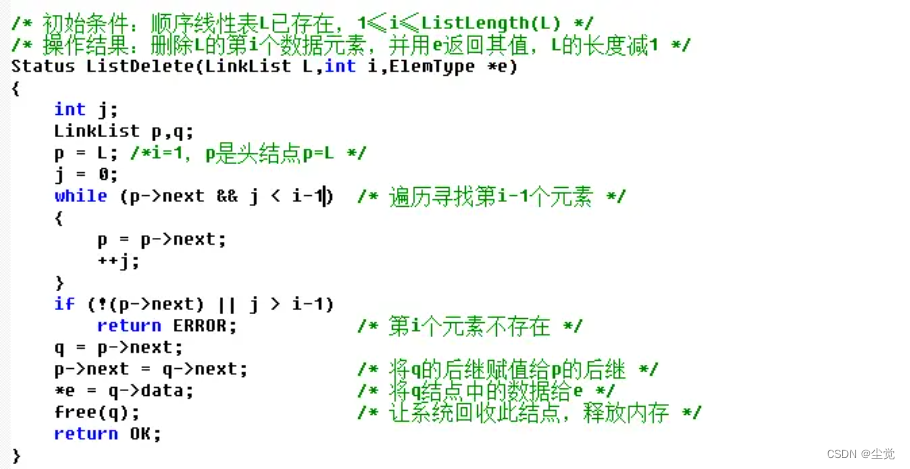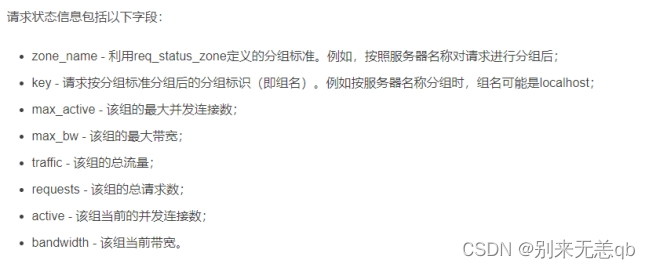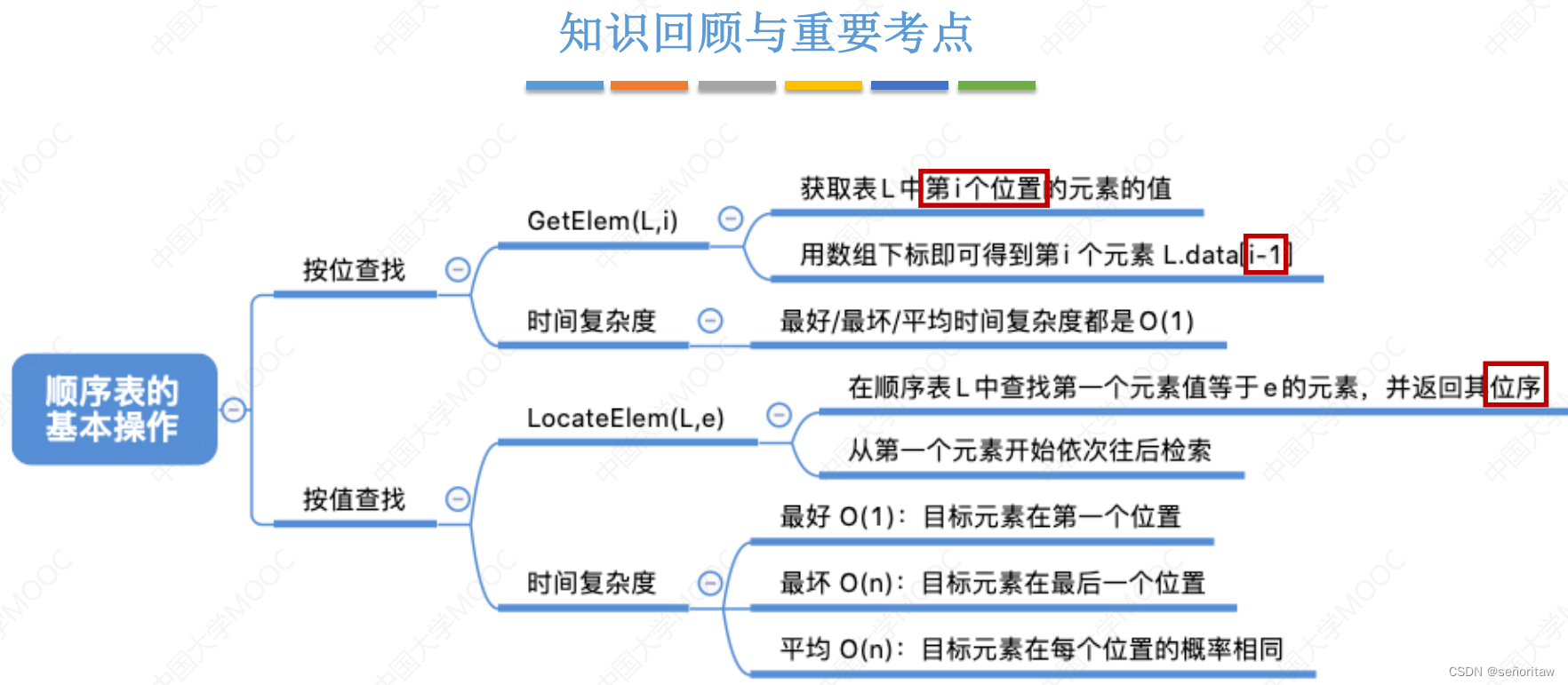很多初级的Gopher在学习了goroutine之后,在项目中其实使用率不高,尤其一些跨语言过来的人,对并发编程理解不深入,可能很多人只知道go func(),或者掌控不够,谨慎一些,尽量少使用或者不使用,用的话就是go func(),主要列一下我们这边的主要使用方法。
goroutine在项目中的使用方法
看一下样例代码,实际上,我们生产环境中就是这么使用的。
package logicimport ("context""fmt""sync""time"
)type UserData struct {Age intName stringPostion string
}type ServerLogic struct {ctx context.Contextcancel func()waiter sync.WaitGroupch chan UserData
}func NewServerLogic(logCtx *context.Context, worker int, queue int) *ServerLogic {logic := &ServerLogic{}logic.InitWorker(worker, queue)return logic
}func (this *ServerLogic) InitWorker(workers int, queue int) {this.ch = make(chan UserData, queue)this.ctx, this.cancel = context.WithCancel(context.Background())this.waiter.Add(workers)for i := 0; i < workers; i++ {go this.Proc()}
}func (this *ServerLogic) Proc() {defer this.waiter.Done()for {select {case t := <-this.ch:this.Dothing(t)case <-this.ctx.Done():return}}
}func (this *ServerLogic) Dothing(data UserData) error {//do codetime.Sleep(time.Second*30)return nil
}func (this *ServerLogic) Close() {this.cancel()this.waiter.Wait()
}func (this *ServerLogic) PutData(user UserData) error {select {case this.ch<-user:return nildefault:return fmt.Errorf("queue overflow")}
}
如果有人想直接使用的话,只需要把UserData struct换成自己的请求数据,把Dothing里面的代码换成让goroutine多任务执行的代码就可以在自己的项目中使用了。

PutData有请求数据就放入channel,每个goroutine不停的循环从channel里面取数据,取到数据之后就执行相应的逻辑流程,可以看到整体的调度都是channel来控制的,通过channel的通信来传递数据。
不要通过共享内存来通信,要通过通信来共享内存
看看大概的代码分析
- InitWorker的时候会创建queue个channl,再创建workers个goroutine,执行go Proc()
- Proc方法,里面有for的无限循环,不停从步骤1里面创建的channl里面获取UserData数据,一旦获取数据成功,就会带着UserData数据去执行Dothing方法。需要注意的是,这是workers个goroutine都在执行Proc
- Dothing方法,就是让某一个goroutine拿到UserData数据去处理数据,执行逻辑
- Close方法,给所有的goroutine发送关闭的信号,channl里面不在有数据写入,waiter.Wait()等待现有的channel里面数据被消费完,goroutine就执行完毕退出。
- PutData方法,就是把请求的数据交给goroutine去执行。具体的做法,是把数据 塞到channl队列里面,如果queue个channl队列已满,就抛出溢出错误。
当然了PutData也可以等待channl队列里面的数据被Proc拿出,然后空出位置再塞数据到channl队列。
func (this *ServerLogic) PutData(user UserData) error {timer := time.NewTimer(3*time.Second)select {case this.ch<-user:return nilcase <-timer.C:return fmt.Errorf("put timeout")}
}
加一个超时器,总不能等到天荒地老把,如果超过三秒,仍然没有空出channl位置,现有的队列还没有消费完,就抛出塞数据超时的错误.
看一下样例的使用的代码
package mainimport (context2 "context""fmt""test/logic"
)func main() {context := context2.Background()server := logic.NewServerLogic(&context, 1, 2)rt1 := server.PutData(logic.UserData{Age: 11,Name: "test1",Postion: "golang",})fmt.Println(rt1)rt2 := server.PutData(logic.UserData{Age: 12,Name: "test2",Postion: "golang",})fmt.Println(rt2)rt3 := server.PutData(logic.UserData{Age: 13,Name: "test3",Postion: "golang",})fmt.Println(rt3)server.Close()fmt.Println("end")
}
等待了大概三十多秒之后的结果,打印结果其实跟预想的是一样的。
<nil>
<nil>
queue overflow
end
NewServerLogic(&context, 1, 2)代码中,我们要求创建了1个goroutine,大小为2的channl队列。
所以第一个PutData和第二个PutData是塞数据成功的。等到第三次PutData的时候,因为我们channl队列的大小是2,已经被占满了,所以第三次就会提示溢出错误。
使用goroutine另一种方法
我看项目中还有一些其他人的使用方法,区别只是退出的时候没有使用context的cancel方法,而是使用了channel去通知退出goroutine,内部的原理其实是一样的。看一下下面的代码。

只有关闭这里是不一样的,其他的基本一致。执行退出的时候在Close()方法中,close(this.quit)会给quit channel写入数据,Proc()方法会循环从channel和quit里面取数据,一旦从this.quit里面取出了数据,说明系统让关闭goroutine,然后Proc方法就终止。
go func()行不行
有人说,扯这么多,为啥go func()不行,我在项目里面使用go func()运行的好好,而且golang的HTTP库里也是使用的go c.serve(ctx)。
我的理解是主要看使用场景,如果你的服务对结果要求不是100%的成功,对并发的要求很高,那就可以使用go func(),go c.serve(ctx)也是类似,TCP本身就是不可靠的连接,HTTP也允许有极少量的失败状态。
如果你的服务里面只是想让多个goroutine处理你的数据,不希望这个goroutine太多影响你的主干服务,或者你为了提高数据处理效率,想让多个goroutine去请求第三方的服务,这样的话,就应该创建若干个goroutine去并发处理你的任务,也不建议直接go func(),goroutine数量不可控,会影响其他的主干服务或者占用服务器资源,如果请求第三方的服务,可能会因为并发太高被限制,或者把第三方服务打挂。我们就遇到过这种情况。
总之,使用场景很重要,不是一概而论的。




